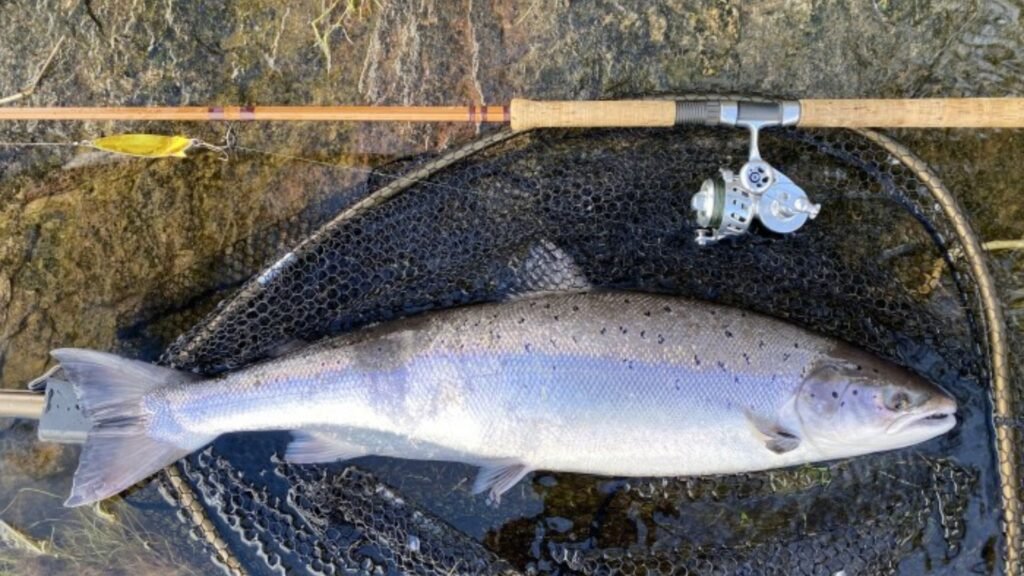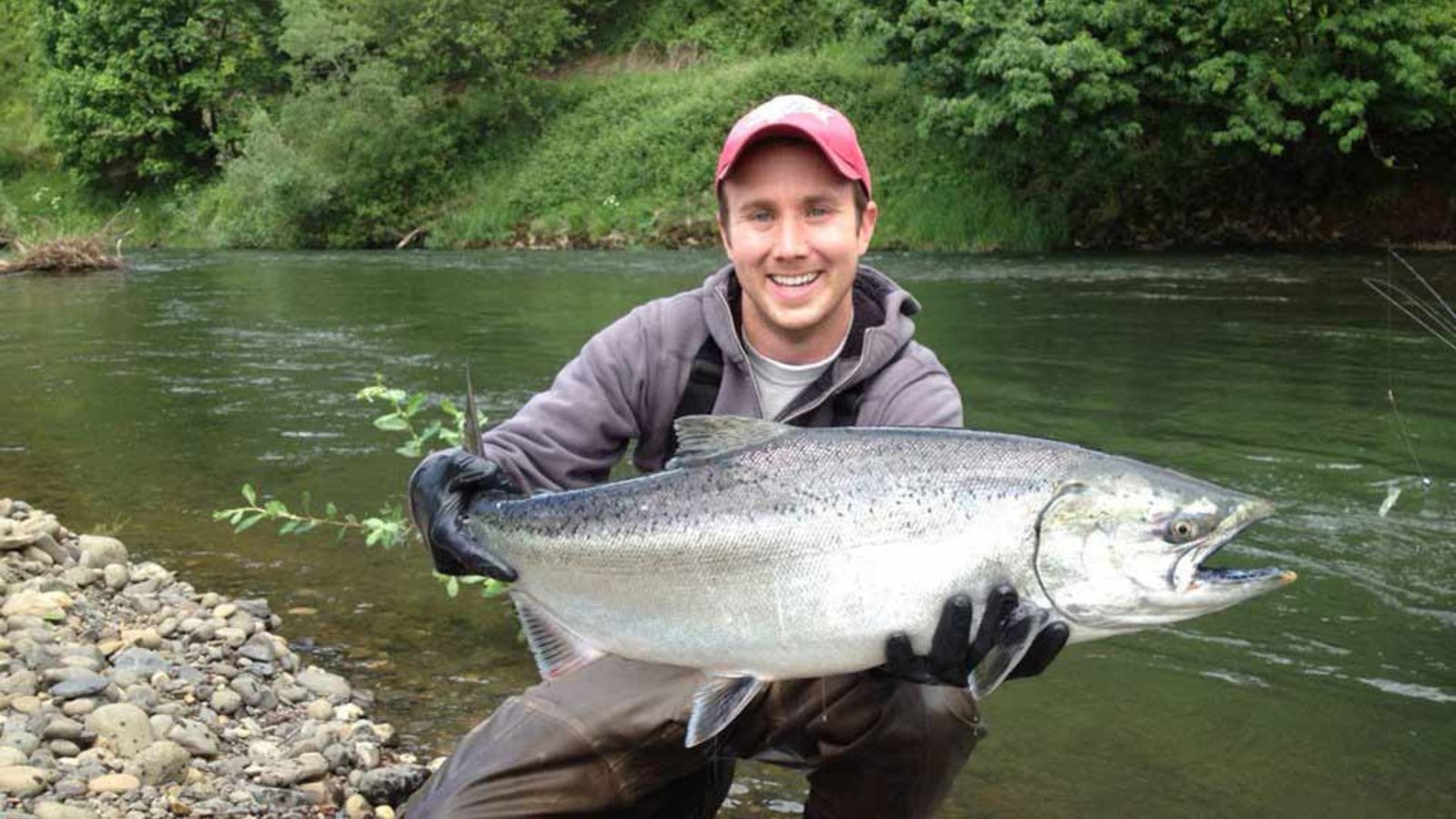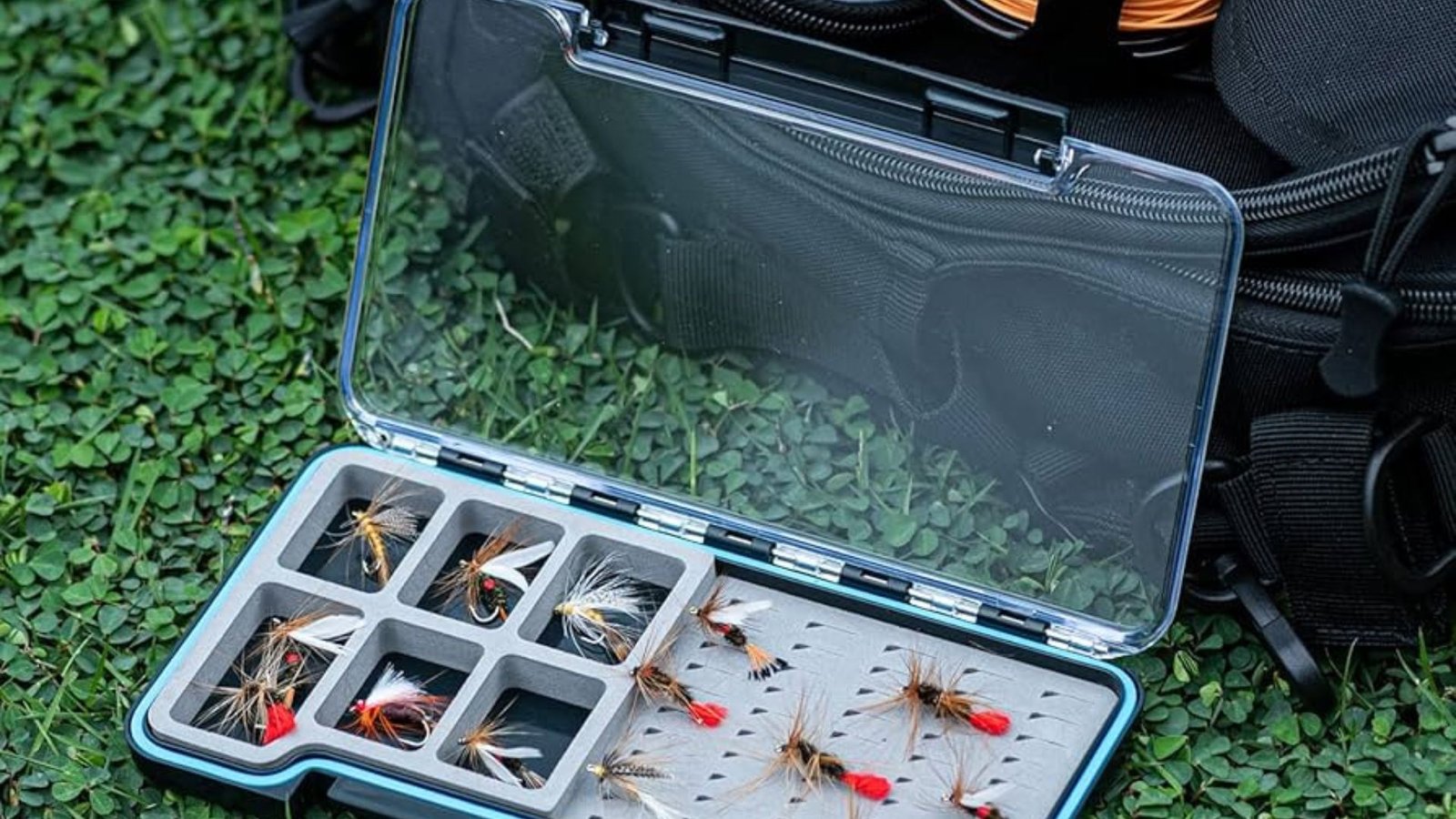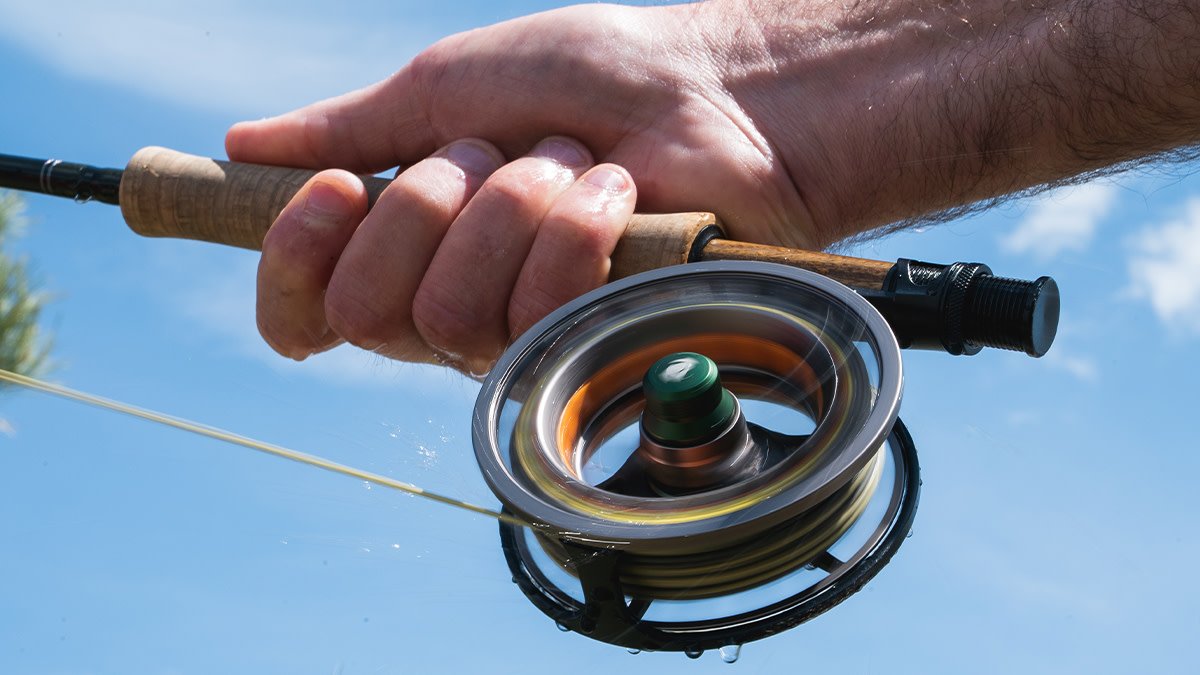
How to Fish with a Salmon Fly in Freshwater Rivers
Equipment Needed
- Fly Rod: Choose a fly rod with a weight suitable for the size of salmon you are targeting.
- Fly Reel: Select a reel that matches your rod and has a smooth drag system.
- Salmon Flies: Use a variety of flies such as dry flies, wet flies, and streamers to match the insects or baitfish present in the river.
- Leader and Tippet: Use a strong leader and tippet to withstand the fighting power of salmon.
Choosing the Right Spot
- Riffles and Runs: Target areas where the water flows over rocks or changes direction, creating oxygen-rich environments where salmon feed.
- Pools: Fish in deeper, slower-moving pools where salmon rest before moving upstream.
- Eddies: Look for calm, swirling water near the riverbank where salmon can find shelter and food.
Techniques for Salmon Fly Fishing
- Casting: Practice casting techniques to present your fly naturally and effectively.
- Dead Drift: Allow your fly to drift naturally with the current, mimicking insects or baitfish.
- Swinging: Use the swing technique by casting downstream and letting your fly swing across the current.
Fly Presentation
- Dry Flies: Use dry flies to imitate insects that float on the water’s surface. Cast upstream and let the fly drift naturally.
- Wet Flies: Use wet flies to mimic insects or baitfish beneath the surface. Vary the depth and speed of your retrieve to entice strikes.
- Streamers: Use streamer flies to provoke aggressive strikes from salmon. Strip the fly through pools and runs to mimic fleeing prey.
Reading the Water
- Current Breaks: Fish near submerged rocks, logs, or banks where salmon can hide from the current.
- Depth Changes: Look for transitions from shallow to deep water where salmon may hold.
- Structure: Target areas with submerged vegetation, undercut banks, or fallen trees that provide cover and ambush points for salmon.
Playing and Landing Salmon
- Set the Hook: When you feel a strike, set the hook firmly to secure the fish.
- Fight Smoothly: Use the rod’s bend to tire the fish and prevent it from breaking the line.
- Netting: Gently guide the salmon into a landing net to avoid injuring it.
Conservation Practices
- Catch and Release: Handle salmon carefully and release them quickly to ensure their survival.
- Respect Regulations: Follow fishing regulations regarding catch limits, seasons, and methods.
Conclusion
Salmon fly fishing in freshwater rivers offers anglers a thrilling challenge and a chance to connect with nature. By understanding the equipment needed, choosing the right spot, mastering fishing techniques, and practicing conservation, you can enhance your chances of success and contribute to the sustainability of salmon populations.




